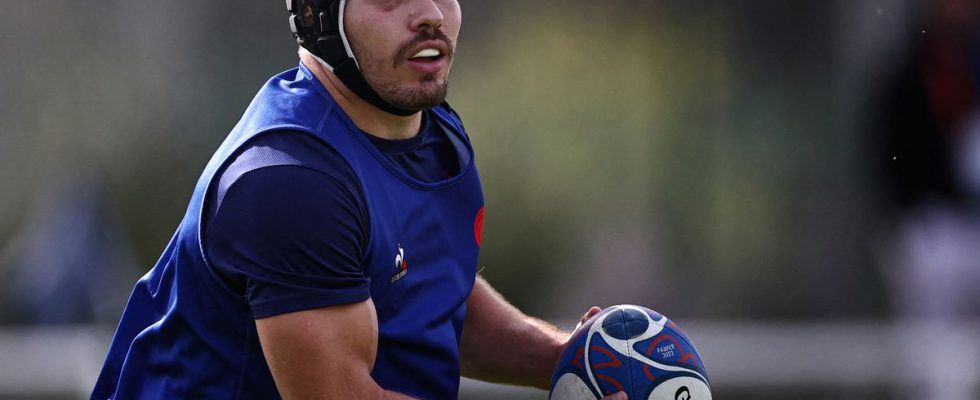And if the hardest thing to manage for Professor Frédéric Lauwers, who operated on the captain of the XV of France Antoine Dupont, was not so much the surgical procedure as the media pressure which accompanied him until the quarter-final of the Rugby World Cup against South Africa. In an interview with AFP the surgeon said he had “controlled the risks” of a rapid return to competition for the French number 9 and took the opportunity to return to all the hullabaloo surrounding the injury.
Do we feel more pressure when operating on the captain of the Blues in the middle of the World Cup at home?
Antoine Dupont is the Stade Toulouse, someone we meet, someone we know. It’s Castelnau-Magnoac, the Hautes-Pyrénées, Bigorre… I’m from Tarbais. It might have been more complicated to operate on Ardie Savea (All Blacks player), for different reasons. The first is the prospect of being able to follow the case to the end, because it is not the surgical procedure that does everything. In Dupont’s case, it was fine (for follow-up). The pressure comes from everything that is happening around, from the hubbub, from the buzz.
Were you surprised by the media coverage of this injury?
The press had already operated on him at 4:00 p.m. while I was still waiting for him at the hospital… There were journalists on every floor. Then, everything was linked to the resumption of activity. We had to give answers before even seeing him or just after operating on him when it didn’t make sense. Suddenly everyone wanted him to play against Italy, suddenly 56% of the French said that he was cannon fodder, that they were going to kill him, that he should not play. It felt like everything was up for public vote.
Was the treatment provided exceptionally quickly the day after the shock?
I remember operating one day before the end of the second half of a match on a player who had been injured in the first. If we start procrastinating, waiting for things to deflate, it’s doomed in advance. It’s not inherent to Dupont (…) We didn’t have pressure from the staff.
In what state of mind did you watch the quarter-final against South Africa?
I was at the Stade de France. It seemed logical to me. Reassuring, I don’t know. I looked at Antoine a lot to see how he was going. I even discussed it directly with (the coach) Fabien Galthié because I was interested in having his vision on his competitiveness, his level of performance… He told me that everything was normal. I watched the game again on TV and he takes direct hits, he goes into the tackle without any apprehension.
Why did you recommend that he wear a helmet?
If we watch the video of the impact with a professional vision, we see that he takes it very sideways. If he had worn a helmet on France-Namibia, we probably wouldn’t have had a fracture or anything else. The helmet directly protected the affected part. It also had an indirect, proprioceptive interest. If you put a helmet on a player who never wears one, he changes his proprioception, he bases it on the fact that he has a reason to wear this helmet.
What lessons do you learn from this episode?
It would be interesting to break down the dogmas a little: you have a fracture, a fracture consolidates in six weeks, so the stoppage is six weeks. In the post-operative period, we have different elements that make it possible to redress the situation and shorten the basic consolidation times. I wouldn’t want us to come away from this story by saying that what we did for Antoine Dupont was risky. If we put it on the field, it’s because we knew it wasn’t. We have controlled the risks.
The media coverage of this fracture has indirectly highlighted maxillofacial surgery, a relatively unknown specialty…
We are often associated with somewhat serious things, around conflicts. The teams from the main university hospitals in France will probably take turns to go to Ukraine next year to treat people who have major facial trauma, real + broken faces + from the war. There were the Paris attacks with Chloé Bertolus at Salpêtrière in the book “Le Lambeau” (by Philippe Lançon). This visibility is always a bit dramatic. There, the drama was a little different. The fact that the player had a broken bone should not be minimized. But it was the World Cup, a festive, international event. This shed another light on our daily work.

